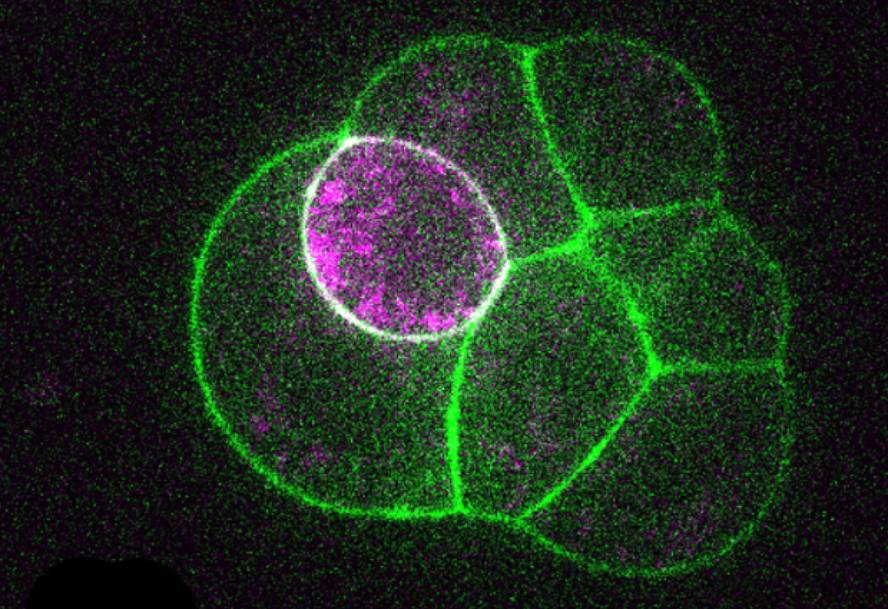What will the embryonic cells be based on their strength
Researchers at the European Molecular Biology Laboratorie have concluded that the fact that embryo cells are part of the placenta or fetus depends on its contraction capacity. In mouse embryos they have seen that the most contracted and still dancing cells form the fetus. The results of the study have been published in Natura.
Shortly after embryo implantation in the uterus, some of your cells move inward. These are the ones that will give the fetus and from those that remain in the skin the placenta is created. Well, researchers have seen that the immobilization of embryonic cells on the surface or their displacement inside depends on the contractile capacity of the cells. It has been measured that those who contracted at least 1.5 times more than those around them do so within.
And by analyzing why some cells contract more than others, they have seen that it depends on the number of apical proteins. Cells with fewer apical proteins contract more and move inward to form the fetus. On the other hand, when researchers prevented cell contraction, they were surprised: “When we act on shrinkage capacity, the cells remain on the surface. But instead of becoming placental cells as expected, they became embryonic cells,” explains researcher Jean-Leon Maître. “This means that feeling the forces of the environment is important for cells to know where they are and what they should be.”
A year ago, these researchers saw that the first days of the embryo all its cells dance a kind of dance, a dance formed by waves of contraction. Now they have seen that when the embryo has three or four days, the cells that will become placenta stop dancing.
Although the research has been done with mouse embryos, it is believed that it will occur similarly in humans, since the early stages of development are practically equal in the embryos of mice and humans. In addition, researchers believe that these results could be useful in assisted fertilizations. In fact, the embryos are removed from a pre-implanted diagnostic cell to know if it has genetic alteration, and knowing that the cells that are going to become placenta do not dance, one of them could be removed and thus avoid the extraction of one of the cells that will form the fetus.






